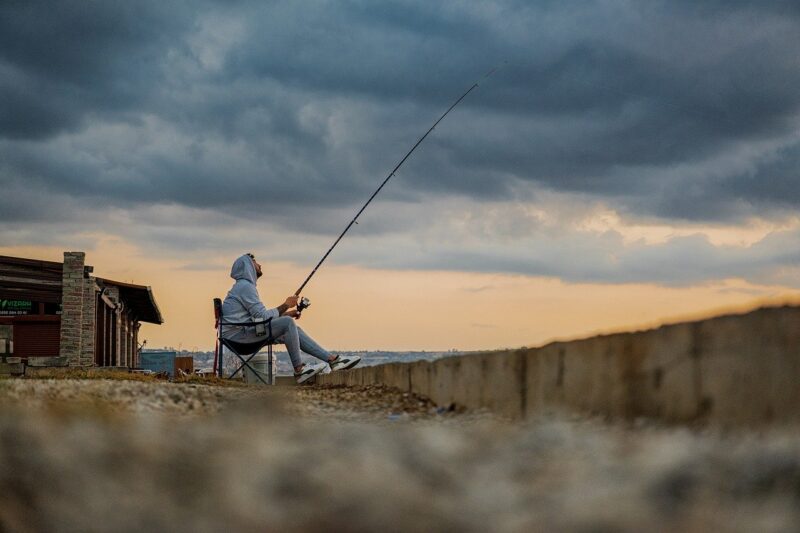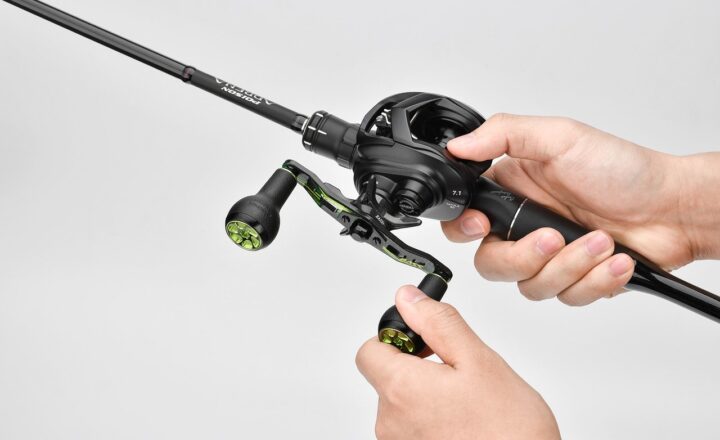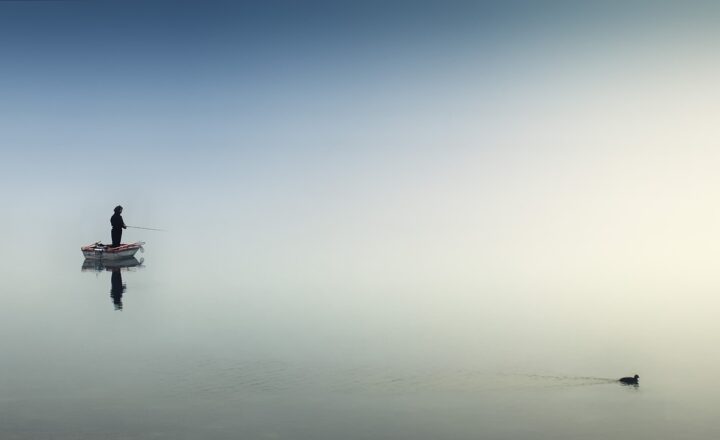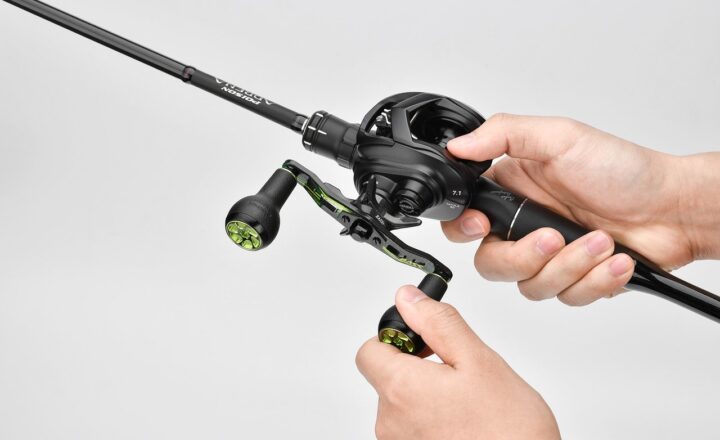Gone Fishing: The Ultimate Guide to Choosing Your Perfect Fishing Spot
November 19, 2024

Fishing is more than just a pastime; it’s an escape, a way to connect with nature, and an opportunity to unwind. With countless fishing spots available, both freshwater and saltwater, choosing the perfect fishing location can make all the difference between a good day on the water and a frustrating one. In this guide, we’ll delve deep into the factors to consider when selecting your fishing spot, ensuring you make the most out of your fishing experience.
1. Understanding Different Types of Fishing Spots
Before you can choose the right fishing spot, it’s essential to understand the types of fishing locations available. Each type has its own benefits and challenges:
- Freshwater Lakes: Lakes are a popular destination for anglers. They can house a variety of species like bass, catfish, and trout. Look for areas with structures like fallen trees, rocks, or weed beds where fish can hide.
- Rivers and Streams: Flowing water can be very productive, especially in the early mornings or late evenings. Fish tend to gather in pools and behind rocks, so focus your cast there.
- Ocean Shores and Piers: Saltwater fishing offers opportunities for larger fish like striped bass and tuna. Shorelines often have good structures like jetties where fish congregate.
- Estuaries and Marshlands: Where freshwater meets saltwater, estuaries are rich in nutrients and attract a variety of fish species. They are often less trafficked, providing a peaceful experience.
Understanding these different environments helps anglers know where to focus their efforts when fishing.
2. Factors to Consider When Choosing a Fishing Spot
Selecting the perfect fishing spot involves several critical considerations:
- Accessibility: Ensure that the spot is easily reachable. Some remote locations may require long hikes or boat rides, while others might have facilities nearby.
- Local Regulations: Check fishing regulations for the area. Some spots may have restrictions on fish limits, special licenses, or specific times when fishing is allowed. Respecting conservation efforts helps maintain healthy fish populations.
- Time of Year: Fish are more active during different seasons. In spring and fall, many species are spawning, while summer heat can drive fish deeper or into cooler waters. Researching seasonal patterns can enhance your chances of a good catch.
- Weather Conditions: Consider wind direction, temperature, and cloud cover. Overcast days can lead to excellent fishing as fish tend to be more active while sunny conditions can drive them deeper into the water.
- Water Structure and Vegetation: Understanding the underwater landscape can improve your catch rates. Areas with rocks, submerged objects, or vegetation often attract fish, serving as their natural habitat.
Keeping these factors in mind helps to tailor your fishing expedition to the most suitable locations.
3. Tools for Finding the Perfect Spot
To assist in your spot selection, various tools and techniques can be beneficial:
- Fishing Apps: There are numerous apps available that provide maps, reviews, and real-time fishing conditions for local spots. Popular examples include Fishbrain and Angler’s Log.
- Local Bait Shops: Don’t underestimate the value of local knowledge. Staff at bait shops can provide insights into current fishing conditions, popular spots, and what bait is working best.
- Fishing Forums and Social Media Groups: Online communities are a great way to connect with fellow anglers. You can ask for recommendations and tips based on local experiences.
- Topographic Maps: Examining maps can reveal depth changes, underwater structures, and potentially fruitful locations to explore.
Utilizing these resources can save you time and help ensure a successful fishing trip.
4. Top Fishing Spots Around the World
If you’re looking for inspiration for your next fishing expedition, consider these world-renowned spots:
- 1. Florida Keys, USA: A prime destination for saltwater fishing, you can catch tarpon, bonefish, and more in the picturesque waters of the Keys.
- 2. Lake of the Woods, Canada: Known for its diverse species of fish including muskies and walleyes, this region boasts stunning scenery ideal for fishing enthusiasts.
- 3. Amazon River, Brazil: For those seeking a unique experience, fishing for piranha or arapaima in the Amazon offers an adventure of a lifetime.
- 4. Great Barrier Reef, Australia: Beyond just beautiful views, this spot allows anglers to catch a variety of species, including snapper and yellowfin tuna.
- 5. Montauk, New York, USA: Famous for surfcasting, Montauk offers a chance to catch striped bass and bluefish, particularly during the spring and fall months.
These iconic fishing locations offer not only fantastic fishing experiences but also breathtaking views and memories to last a lifetime.
5. Prepare for Your Fishing Trip
After choosing the perfect fishing spot, preparation is key to a successful trip. Consider the following tips:
- Pack the Right Gear: Ensure you have the right equipment for the type of fishing you’ll be doing. This includes rods, reels, bait and tackle suited for your target species.
- Bring Necessary Licenses: Before heading out, check local regulations for fishing licenses or permits required at your chosen location.
- Check Weather and Tides: Conduct a weather check and tide schedule review to optimize your time on the water.
- Bring Snacks and Water: Staying hydrated and energized is crucial, especially on longer outings.
- Plan for Safety: Always prioritize safety by wearing life jackets, having a first-aid kit, and informing someone of your trip plans.
By being well-prepared, you can enjoy your fishing experience fully and have a much higher chance of success.
Conclusion
Choosing the perfect fishing spot is an essential part of having an enjoyable fishing experience, whether you’re a novice or a seasoned pro. By considering the types of fishing spots, current conditions, and utilizing the right tools, you can make informed decisions that elevate your fishing adventures. Remember to maintain a respectful relationship with nature and other anglers, and enjoy the tranquility that comes from a day on the water. Happy fishing!






